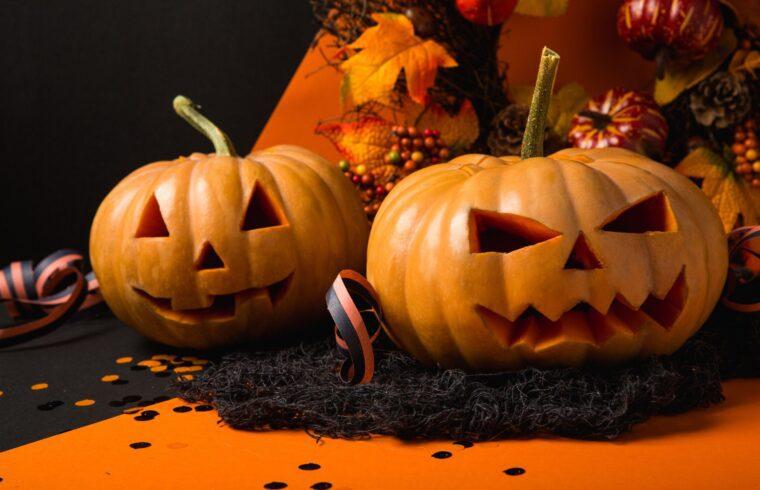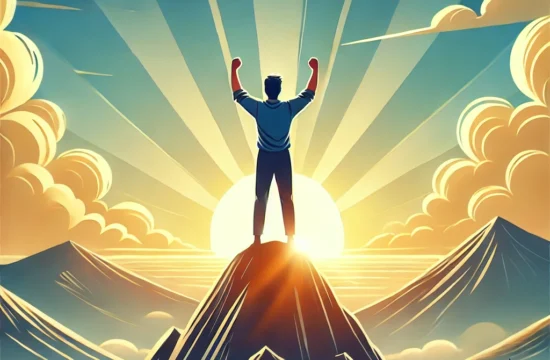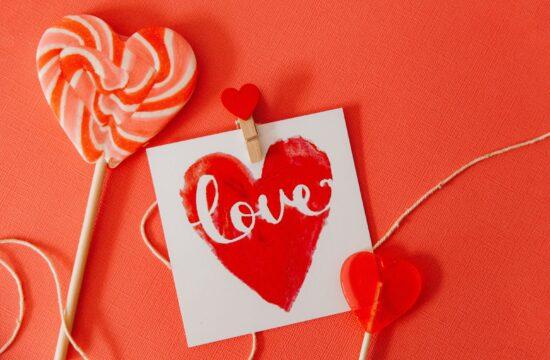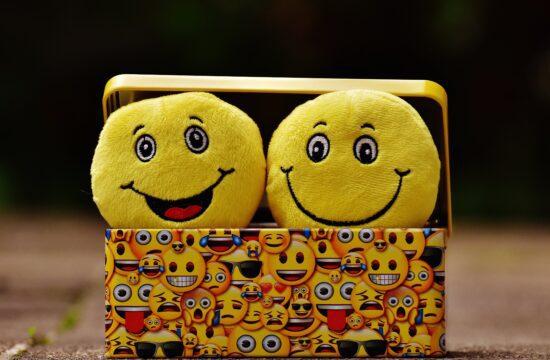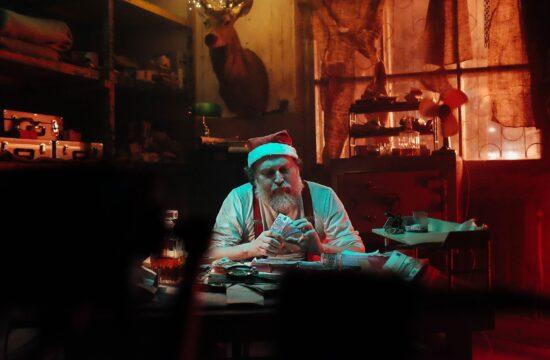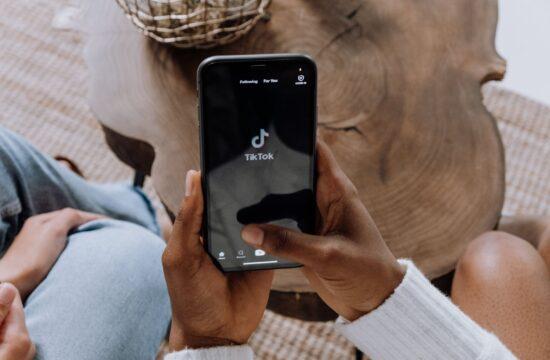As the leaves turn crimson and the air grows cooler, the world prepares for a peculiar and bewitching holiday: Halloween. With its roots buried deep in history and result of traditions from various cultures, Halloween has evolved into a vibrant, spooky, and incredibly fun celebration. But why do we celebrate Halloween? let’s explore the origins, traditions, and modern-day significance of this unique holiday.
Ancient Beginnings
Halloween’s history can be traced back to the ancient Celtic festival of Samhain, celebrated in what is now Ireland, the UK, and parts of France. Samhain marked the end of the harvest season and the beginning of winter. It was believed that on the night of October 31st, the veil between the living and the dead was at its thinnest, allowing spirits to roam freely. People lit bonfires and donned costumes to ward off malevolent entities.
Religious Influence
The Christian Church later incorporated elements of Samhain into its own calendar. November 1st became All Saints’ Day, a day to honor saints and martyrs, while the night before, October 31st, became All Hallows’ Eve, eventually shortened to Halloween.
Costumes and Disguises
Dressing up in costumes is one of the most iconic aspects of Halloween. This tradition is believed to have roots in the ancient practice of disguising oneself to confuse and evade vengeful spirits. Today, it’s all about creativity and fun, with people of all ages transforming into their favorite characters or spooky creatures.
Jack-o’-Lanterns
Carving pumpkins into jack-o’-lanterns is another popular Halloween tradition. This practice originated from Irish folklore about “Stingy Jack,” a cunning man who tricked the Devil and was doomed to roam the Earth with only a carved turnip lantern. Immigrants to America found pumpkins more readily available and adapted the tradition.

Trick-or-Treating
Trick-or-treating, where children go door-to-door for treats, has uncertain origins but may be related to the medieval practice of “souling,” where people went door-to-door offering prayers for the dead in exchange for food. Today, it’s a delightful way for kids to collect candies and enjoy the community spirit.
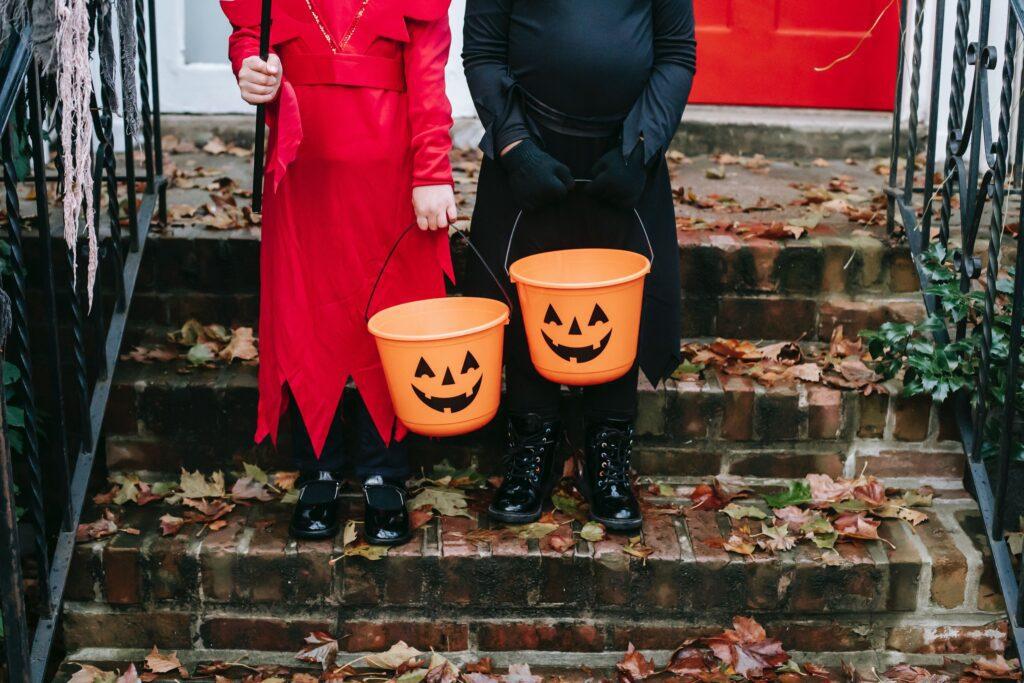
Haunted Houses and Decorations
Halloween’s love for the eerie and spooky is exemplified by haunted houses and elaborate decorations. It’s a time for people to embrace the thrill of being scared in a controlled environment, fostering a sense of adventure and excitement.
Modern-Day Celebration
Halloween has evolved into a joyous and inclusive celebration that transcends its historical and religious origins. It brings communities together through pumpkin carving contests, costume parties, and spooky movie nights. It’s a time for creativity to shine as people decorate their homes and yards with ghoulish delight.
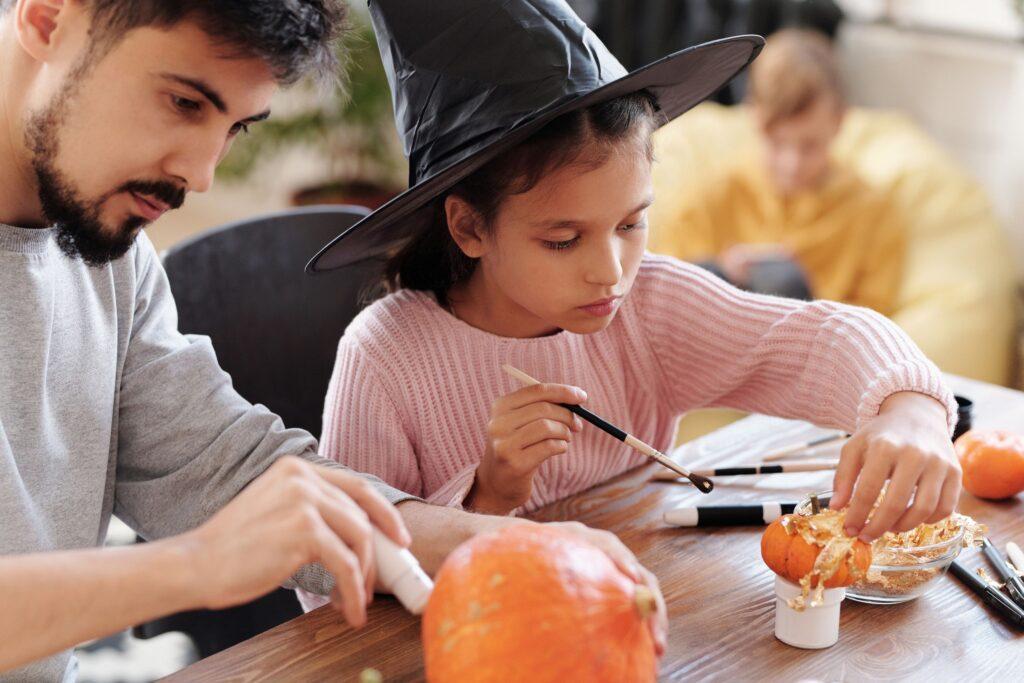
Commercialization and Entertainment
Halloween has become a commercial powerhouse, with retailers offering costumes, decorations, and candy. The entertainment industry also thrives during this season, with the release of horror movies and TV shows, as well as haunted attractions.
Halloween is a captivating tapestry woven from ancient Celtic traditions, Christian influences, and modern-day creativity. It’s a holiday that celebrates life, death, and the supernatural, all while fostering community bonds and indulging in a bit of playful spookiness.
Whether you enjoy the history, the costumes, or the candy, Halloween has something to offer everyone and continues to be a beloved and cherished celebration around the world. So, the next time you wonder why we celebrate Halloween, remember its rich and varied tapestry of origins, traditions, and modern significance.
